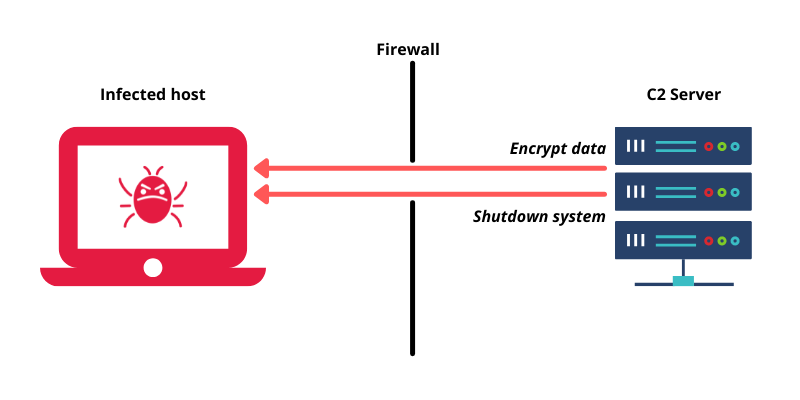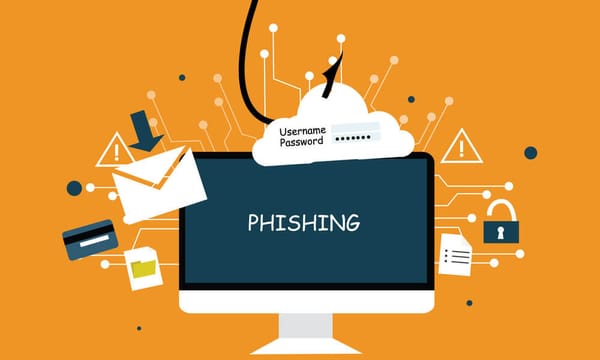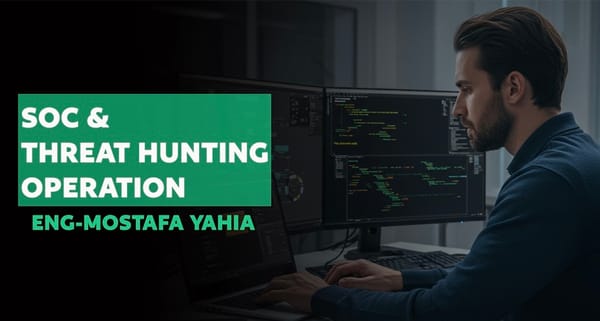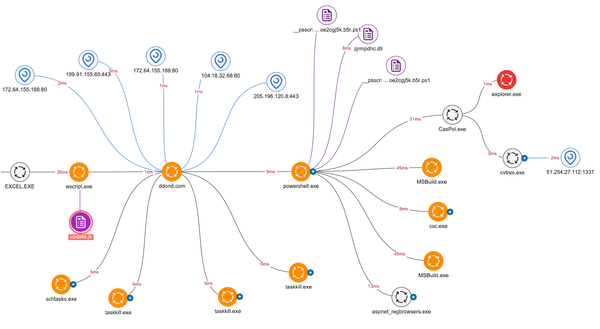Command and Control (C2) Evasion Techniques in Modern Threat Hunting

Disclaimer
This article is intended solely for educational purposes. The techniques described here should only be tested in controlled and authorized environments. Unauthorized use of these methods is illegal and unethical. Always follow legal and ethical guidelines when conducting security assessments.
Command and Control (C2) Evasion Techniques: Advanced Threat Hunting Insights
Attackers are continuously evolving their techniques to maintain persistent access to compromised systems. Command and Control (C2) evasion techniques are designed to bypass detection mechanisms, allowing attackers to maintain long-term control. Security professionals must understand these techniques to effectively detect and mitigate threats during threat hunting.
In this guide, we will explore the most advanced C2 evasion techniques, the tools commonly used to implement them, and the best practices to detect and mitigate such attacks.
Step 1: Understanding C2 Evasion
Keyword: Command and Control Evasion Techniques
C2 evasion is the practice of concealing communication between compromised systems and the attacker’s infrastructure. Attackers leverage various methods to maintain control without triggering alarms. Common techniques include:
• Protocol Obfuscation: Using non-standard or encrypted protocols.
• Domain Fronting: Leveraging legitimate services to mask C2 traffic.
• Proxy Chaining: Routing traffic through multiple proxies to hide the source.
• Steganography: Embedding commands in images or other file types.
• Encrypted Channels: Using TLS or SSH to encrypt communications.
Step 2: Protocol Obfuscation and Encryption
Keyword: Protocol Obfuscation for C2 Evasion
Attackers often tunnel C2 traffic through common protocols to blend in with legitimate traffic. One of the most popular techniques is using HTTPS or DNS to avoid detection.
Example Tools:
• Cobalt Strike: Uses HTTPS for communication.
• Empire: Can tunnel through HTTPS or HTTP.
• PowerShell Empire: Supports encryption with HTTPS.
Technique: HTTPS Tunneling
Using Cobalt Strike, attackers configure an HTTPS listener:
https-listener -profile https_profile.profile -port 443
This makes C2 traffic look like regular web browsing. To detect this, analyze SSL certificates and check for unusual domain names or mismatches.
Detection Tips:
• Monitor network traffic for suspicious SSL certificates.
• Identify anomalous connections on port 443 that deviate from standard patterns.
• Use tools like Zeek (formerly Bro) to analyze HTTPS traffic.
Step 3: Domain Fronting with Legitimate Services
Keyword: Domain Fronting for C2 Evasion
Domain Fronting leverages legitimate services such as CloudFront, Akamai, or Google to mask C2 communications. Attackers send traffic through a front domain that appears legitimate, but the actual data is redirected to a malicious backend server.
How It Works:
1. Client sends a request to a legitimate domain (e.g., cloudfront.net).
2. The front domain forwards the request to the attacker’s server.
3. Response appears to come from the legitimate domain.
Tools:
• Cobalt Strike: Supports domain fronting via HTTP headers.
• Merlin: Uses fronting to communicate via cloud providers.
Detection Tips:
• Monitor Host headers in HTTP requests.
• Check for inconsistent domains in HTTPS traffic.
• Detect anomalous DNS resolutions pointing to unexpected IPs.
Step 4: Using Steganography for Data Exfiltration
Keyword: Steganography in C2 Communication
Attackers use steganography to hide C2 commands within image files or other media. This technique bypasses many network-based detection systems because the files appear normal.
Example Tool:
• Invoke-PSImage: Encodes PowerShell scripts within images.
Implementation:
Attackers embed malicious scripts in images and transmit them via HTTP:
Invoke-PSImage -Script "Invoke-Mimikatz" -ImagePath "image.jpg" -OutPath "stego.jpg"
When downloaded, the image appears normal, but the attacker extracts the payload:
Invoke-PSImage -ImagePath "stego.jpg"
Detection Tips:
• Monitor file types being transmitted over HTTP or HTTPS.
• Use file integrity monitoring to detect unusual modifications.
• Perform image analysis to detect anomalies in file size or content.
Step 5: Proxy Chaining and Multiple Hops
Keyword: Proxy Chaining for C2 Evasion
Attackers often chain multiple proxies to obfuscate the C2 source. This technique makes it challenging to trace the origin of traffic.
Example Tools:
• ProxyChains: Routes traffic through multiple proxy servers.
• Tor Network: Used to anonymize C2 traffic.
Detection Tips:
• Monitor for connections to known proxy servers or Tor exit nodes.
• Analyze proxy configuration files on compromised systems.
• Detect unusual outbound traffic patterns that indicate chaining.
Step 6: Encrypted Channels and Legitimate Services
Keyword: Encrypted C2 Channels
Many attackers encrypt their C2 communications to avoid detection. Using SSH tunnels, VPNs, or custom encryption protocols can make C2 traffic appear legitimate.
Example Tools:
• Cobalt Strike: Uses encrypted HTTPS communication.
• Metasploit: Supports SSH tunnels.
• PowerShell Empire: Uses encrypted channels for data transmission.
Detection Tips:
• Identify anomalous encryption protocols in use.
• Detect unusual connections to SSH or VPN servers.
• Analyze certificate validity and issuer information.
Step 7: Advanced Threat Hunting for C2 Detection
Keyword: Threat Hunting for C2 Activities
Detecting advanced C2 techniques requires a combination of network analysis, endpoint monitoring, and threat intelligence.
Hunting Techniques:
• DNS Anomaly Detection: Monitor for unusually long or uncommon domain names.
• Certificate Inspection: Analyze SSL certificates for inconsistencies.
• Process Monitoring: Detect unusual processes communicating over encrypted channels.
• Behavioral Analysis: Identify unexpected traffic patterns, especially on ports commonly used by legitimate services.
Recommended Tools:
• Zeek (Bro): Network monitoring and analysis.
• Sysmon: Captures detailed system activity.
• ELK Stack (Elasticsearch, Logstash, Kibana): Aggregates and visualizes log data.
• Wazuh: Monitors endpoint activity and correlates logs.
Step 8: Mitigation and Best Practices
Keyword: Mitigating C2 Evasion Techniques
1. Network Segmentation: Isolate critical systems from user devices.
2. Encrypted Traffic Inspection: Use SSL/TLS inspection to detect encrypted malicious traffic.
3. DNS Filtering: Block known malicious domains and Tor nodes.
4. Threat Intelligence Integration: Keep C2 indicators up-to-date and automate blocking.
5. Monitor Network Traffic: Analyze outgoing connections for unusual patterns.
Conclusion
Command and Control (C2) evasion techniques continue to evolve as attackers adopt stealthier methods to maintain persistence. Understanding how these techniques work and how to detect them is crucial for modern threat hunters. Implementing robust monitoring, behavioral analysis, and network visibility is essential to identify and mitigate C2 activities.
Always perform testing and analysis in authorized environments and follow legal guidelines. Never attempt these techniques in unauthorized systems.




